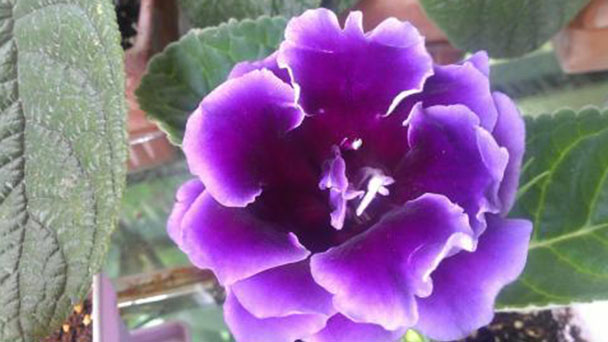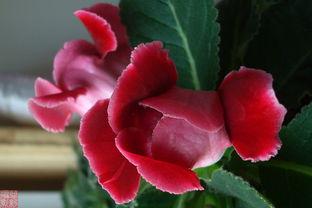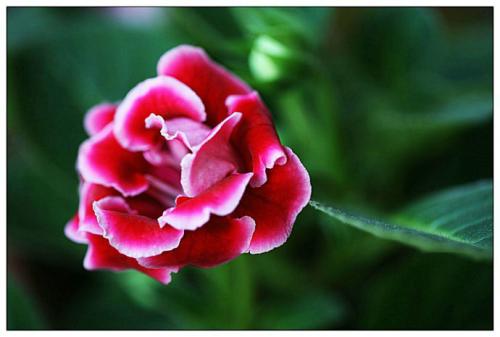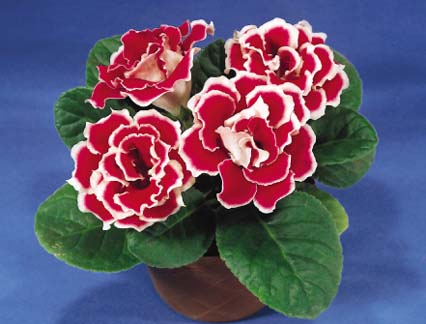How to care for Gloxinias
Written by Maggie
Jan 31 2021

Gloxinias is also a common family flower plant. So how to care for Gloxinias? Let's look at Gloxinias care together.

Gloxinias' care for not blooming buds
Gloxinias buds may not bloom because of lack of water, light, fertilizer or soil degradation. When growing Gloxinias, they should be watered and fertilized promptly. They should also be given sufficient light during the growing process. The following are details of Gloxinias' care for not blooming buds.
1. Water care
Gloxinias are ornamental flowers. What is the reason that the buds of gloxinias do not open when cultured? The reason why the buds of Gloxinias do not open may be because the plant lacks water. Gloxinias is very water intensive, requiring plants to receive sufficient water and to adjust watering methods according to different seasons.
2. Light care
Gloxinias, which are native to Brazil, are grown with both adequate light and shade. If the plants are not adequately exposed to light, they will not bud. Gloxinias can be cared indoors in a semi-shady ventilated area where the plants are exposed to astigmatism.
3. Fertilization care
The lack of fertilizer on Gloxinias plants also causes the buds to fail to open, so it is necessary to fertilize the plants in time. Gloxinias is a fertiliser lover. When we care for Gloxinias, we need to apply a thin organic fertilizer once a week to the plants during flowering. Be careful not to put too much fertilizer on the leaves and not to apply too much fertilizer at a time to prevent damage.
4. Soil care
If the soil in which Gloxinias are raised is not changed for a long period of time, soil deterioration will result in the failure of blooms on the plants. When we care for Gloxinias, change the soil every two years, depending on the size of the plant. Each time you change the soil, leave only half of the soil. This allows the plants to better adapt to the new soil, and be careful not to damage the roots.

Gloxinias care for buds rotten
Gloxinias rotting buds may be due to lack of light, but they can be preserved in a semi-shady and ventilated location. Or because improper watering can be used to water the basin immersion method; Or because the soil is not comfortable, should be replaced every two years, otherwise easy to cause the soil to lose nutrients and hardening; Insufficient fertilization can increase the number of fertilization. The following are Gloxinias' care for rotten buds.
1. Light care
Many people do not know what is the cause of Gloxinias rotting, which may be caused by lack of light. Gloxinias is a semi-sunny plant, but if it is kept in shade for a long time, it is not conducive to its growth. So when we care for Gloxinias, it should be kept in a semi-shady and ventilated place for maintenance.
2. Watering care
Gloxinias like wet, but watering too much will make its roots waterlogged rot, withered leaves, flowers fall off. Its branches and leaves are long hair. When we care for Gloxinias, are not careful when watering water droplets touch, it will easily lead to decay, so can be used to water the basin immersion method.
3. Soil care
Gloxinias likes to grow in rich, loose humus soil with good drainage. When we care for Gloxinias, it is necessary to change the pot soil every two years. This will cause the soil to lose nutrients and become rigid, which will prevent the plant roots from breathing properly.
4. Fertilization care
During Gloxinias flowering period, a proper amount of fertilizer should be applied, otherwise the flowers will easily fall off and rot due to lack of nutrients. When we care for Gloxinias, choose the base fertilizer and manure fertilizer for pouring. Add fertilizer every week or so to make the plants bloom and flourish and healthy.

Latest Updated
- Benefits of Bugleweed - 7 Science-backed Health Benefits
- Bugleweed Dangers & Side Effects - Is It Poisonous?
- How to Plant Evergreen Trees - What You Should Know
- When to Plant Evergreens - Grow Guide for Evergreen Trees
- 12 Wonderful Evergreen Shrubs for Your Garden
- 12 Popular Evergreen Plants with Pictures for Beginners
- When And How To Prune A Lilac Bush Like a Pro
- How to Grow & Care for Lilac Vine (Hardenbergia Violacea)
- Japanese Lilac Tree (Syringa Reticulata) Care & Propagation Guide
- Shumard Oak Pros and Cons - What to Know
Popular Articles
- Winter maintenance of Antirrhinum Majus
- How to Grow Terminalia Mantaly Tree
- How to Grow and Care for Crossostephium Chinense
- How to grow Antirrhinum Majus in spring
- Peristeria Elata (Dove Orchid) Profile: Info & Care Guide
- Underwatered Snake Plant (Sansevieria Trifasciata) - Signs And How To Fix
- How to Care for Brazilian Jasmine Plant (Mandevilla Sanderi)
- How to Grow & Care for Graptopetalum Purple Delight in Summer
- Rosa Chinensis (China Rose): Plant Growing & Care Tips
- How to Care for Baby Sun Rose (Aptenia Cordifolia)